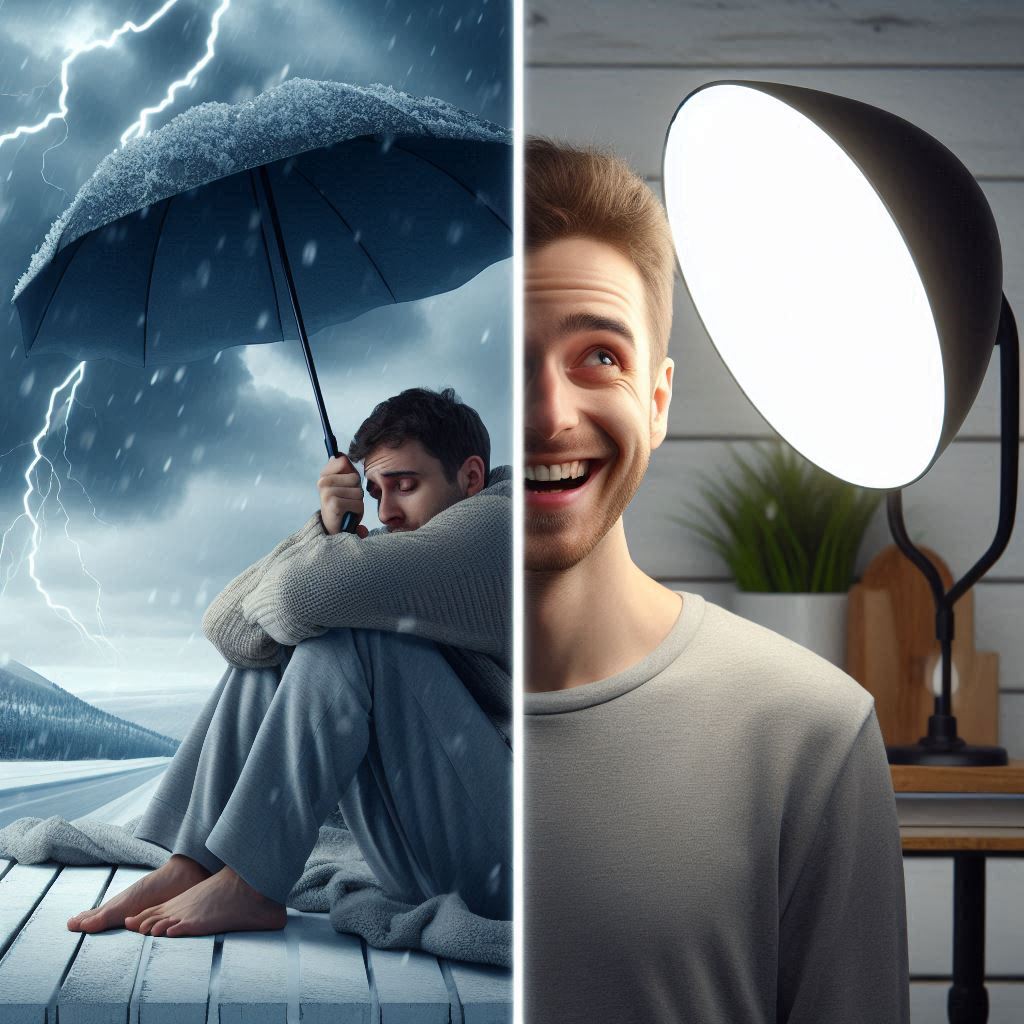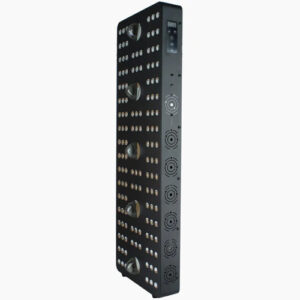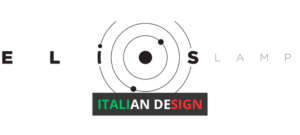Seasonal Affective Disorder (SAD), often referred to as the “winter blues,” can significantly impact your mood and energy levels during the colder months with less sunlight. Light therapy lamps have emerged as a popular and effective solution to combat these symptoms, mimicking natural sunlight and boosting your well-being. But with an array of options available, choosing the right lamp can feel overwhelming. This comprehensive review sheds light on the top light therapy lamps, drawing insights from trusted sources and real user experiences to guide you toward the perfect fit for your needs.
Unveiling the Spectrum: A Comprehensive Review of Light Therapy Lamps
Light therapy lamps, also known as SAD lamps, work by emitting bright light that simulates natural sunlight. This light exposure helps regulate the sleep-wake cycle (circadian rhythm) and can elevate mood by increasing serotonin production and reducing melatonin levels in the brain [1, 2]. Studies have shown light therapy to be an effective treatment for SAD, reducing symptoms like fatigue, low mood, and social withdrawal [3].
Good Housekeeping on Brightness and Design: Key Features for Effective Light Therapy
Good Housekeeping emphasizes that a critical factor in a light therapy lamp selection is brightness. They recommend opting for a lamp with at least 10,000 lux of light for optimal effectiveness in mimicking natural sunlight [4]. Their review highlights various lamps, including design aspects, ease of use, and user experiences, providing valuable insights into how design and functionality can influence your light therapy experience.
Verywell Health’s Criteria for Selection: Intensity, UV Protection, and More
Taking a data-driven approach, Verywell Health assesses light therapy lamps based on a comprehensive set of criteria. These criteria include light intensity (lux level), UV protection, portability, price, and user reviews [5]. Their top picks prioritize lamps that deliver high therapeutic benefits, user-friendly features, and an aesthetically pleasing design. Additionally, Verywell Health offers guidance on using light therapy lamps effectively to maximize their impact on your mood and energy levels.
CNN Underscored’s Functional Analysis: Balancing Budget and User Satisfaction
CNN Underscored focuses on functionality and user satisfaction in their review of SAD light therapy lamps. They acknowledge the existence of budget-friendly options alongside high-end models, catering to a wider range of needs. Their review explores features like adjustable brightness, timer settings, and compact design, emphasizing the importance of choosing a lamp that provides a comfortable and effective light therapy experience without compromising on functionality or budget [6].
The Everygirl’s Take on the Olly Lamp: A Deep Dive into Design and User Experience
The Everygirl offers an in-depth review of the Olly Light Therapy Lamp, specifically focusing on its design, features, and user experience. They commend the lamp’s sleek and modern aesthetic, along with its user-friendly operation. The review highlights the lamp’s ability to effectively simulate natural sunlight, making it a suitable option for individuals experiencing SAD or seeking a mood boost. Additionally, incorporating user feedback provides a well-rounded perspective on the lamp’s effectiveness and user satisfaction [7].

What Is the Final Verdict?
Understanding the Consensus on Efficacy and Quality
By analyzing these top reviews, a clear consensus emerges regarding the key features of a high-quality light therapy lamp. Brightness (at least 10,000 lux) is paramount for effective light therapy. Look for lamps with adjustable brightness settings to cater to individual preferences and comfort levels. UV protection is crucial to ensure safe use. Design considerations include portability for ease of use and an aesthetically pleasing appearance that complements your living space. Finally, user reviews offer valuable insights into real-world experiences with different lamps, helping you gauge effectiveness and user satisfaction.
Real User Experiences: Diverse Voices on Light Therapy Outcomes
While clinical studies support the efficacy of light therapy lamps, real user experiences offer valuable anecdotal evidence. Here’s a glimpse into what users have reported:
- Improved Mood and Energy Levels: Many users experience a significant boost in mood and energy levels after the consistent use of light therapy lamps, particularly during the winter months.
- Reduced Symptoms of SAD: Individuals struggling with SAD often report a noticeable alleviation of symptoms like fatigue, low mood, and social withdrawal.
- Enhanced Sleep Quality: Light therapy can help regulate your sleep-wake cycle, leading to better sleep quality for some users.
Tips for Choosing Your Ideal Light Therapy Lamp: Insights from the Experts
Drawing from the expertise of the reviewed sources, here are some key tips to guide you toward choosing the perfect light therapy lamp:
- Light Intensity: Opt for a lamp with at least 10,000 lux for optimal efficacy.
- Adjustable Brightness: Look for lamps with adjustable brightness settings to personalize your light therapy experience.
- UV Protection: Ensure the lamp offers UV protection for safe use.
- Portability: Consider a portable lamp if you plan to use it in various locations throughout the day.
- Design: Choose a lamp with an aesthetic that complements your space and motivates you to use it regularly.
- User Reviews: Read user reviews to gain insights into real-world experiences with different lamps.
- Consult a Doctor: If you have any pre-existing health conditions, consult your doctor before using a light therapy lamp.
Addressing Common Concerns by Potential Users: Safety, Effectiveness, and Value
Light therapy lamps are generally safe for most users. However, it’s important to address some common concerns:
- Safety: Look for lamps with UV protection to avoid potential eye damage. If you have any concerns, consult your doctor before using a light therapy lamp.
- Effectiveness: Light therapy is not a one-size-fits-all solution, and some users may experience a longer response time than others. Consistency is key for optimal results. Studies have shown light therapy to be effective for many individuals with SAD, but it’s important to manage expectations and consult a doctor if symptoms persist.
- Value: Light therapy lamps come in a variety of price ranges. Consider your budget and prioritize the features that are most important to you. Remember, a high-quality lamp with adjustable settings and UV protection is a worthwhile investment in your well-being.
LIGHT THERAPY LAMPS: Boost Your Energy Naturally! Top Light Therapy Picks
Conclusion: Do Light Therapy Lamps Actually Work?
Light therapy lamps reviews consistently highlight their effectiveness, especially for individuals experiencing Seasonal Affective Disorder (SAD) and similar conditions. These lamps deliver bright light exposure that mimics natural sunlight, helping to regulate circadian rhythms, elevate mood, and enhance sleep quality.

When choosing the best light therapy lamp, it is essential to consider key factors such as brightness, UV protection, adjustability, and portability. A high-quality light therapy lamp should offer an intensity of 10,000 lux, UV filtering to protect your skin and eyes, adjustable brightness and positioning, and a compact, portable design for convenience.
Integrating a top-rated light therapy lamp into your daily routine can profoundly improve your mental and physical well-being year-round, especially during the darker months when natural sunlight is scarce.
References:
- [1] Mayo Clinic. (2020, August 28). Seasonal affective disorder (SAD). https://www.mayoclinichealthsystem.org/hometown-health/speaking-of-health/seasonal-affective-disorder-explained
- [2] National Institute of Mental Health. (2019, December 11). Seasonal affective disorder. https://www.nimh.nih.gov/health/publications/seasonal-affective-disorder-sad-more-than-the-winter-blues
- [3] American Family Physician. (2005, January 1). Light therapy for seasonal affective disorder. https://www.aafp.org/pubs/afp/issues/2012/1201/p1037.html
- [4] Good Housekeeping. (2021, October 26). Best SAD lamps UK 2021: Lighten up your mood this winter. https://www.goodhousekeeping.com/health-products/g32980654/best-light-therapy-lamps/
- [5] Verywell Health. (2023, May 10). Best light therapy lamps. https://www.verywellhealth.com/best-light-therapy-lamps-7372755
- [6] CNN Underscored. (2022, November 18). Best SAD light therapy lamps of 2023. https://www.cnn.com/cnn-underscored/reviews/best-sad-light-therapy-lamps
- [7] The Everygirl. (2021, January 28). Olly light therapy lamp review. https://theeverygirl.com/olly-light-therapy-lamp-review/




I’ve definitely noticed how light therapy lamps can make a big difference during the winter months. When I used one last year, it was like flipping a switch from feeling sluggish and down to more energetic and focused. It’s surprising how just a bit of bright light can help regulate your mood and energy levels. If you’re dealing with SAD, investing in a good light therapy lamp could be a game-changer!
Hi Elica,
Thank you so much for sharing your experience with light therapy lamps! It’s amazing to hear how something as simple as bright light can have such a profound impact on mood and energy levels, especially during those long winter months. Seasonal Affective Disorder (SAD) can be tough, but it’s great to know that tools like light therapy lamps can make such a positive difference. Your insight will definitely encourage others to explore this option. If anyone else has tried a light therapy lamp, we’d love to hear how it’s worked for you too! Let’s keep the conversation going—your stories could help others make informed choices for their well-being. 🌟
This article on light therapy lamps is really informative! With the shorter days during winter, I’ve been considering getting a light therapy lamp to help with the lack of sunlight. Your reviews made it easier to understand the different options available and what to look for. I appreciate the detailed breakdown of features like brightness levels and timers. For someone new to light therapy, do you have any tips on how to get started and make the most out of using one of these lamps?
Hi Steve,
Thank you for your thoughtful comment! I’m glad you found the article helpful, especially as you consider light therapy for the shorter winter days. When starting with light therapy, I recommend choosing a lamp with adjustable brightness levels so you can ease into it, particularly if you’re new to this kind of treatment. Start with shorter sessions in the morning, around 20-30 minutes, and gradually increase the duration as you become more comfortable. Position the lamp at about a 45-degree angle to your face, keeping your eyes open but not looking directly at the light. Consistency is key, so try to use it at the same time every day for the best results. I hope this helps, and if you have more questions, feel free to ask! I’m here to help.
Best regards,
Gabriel John